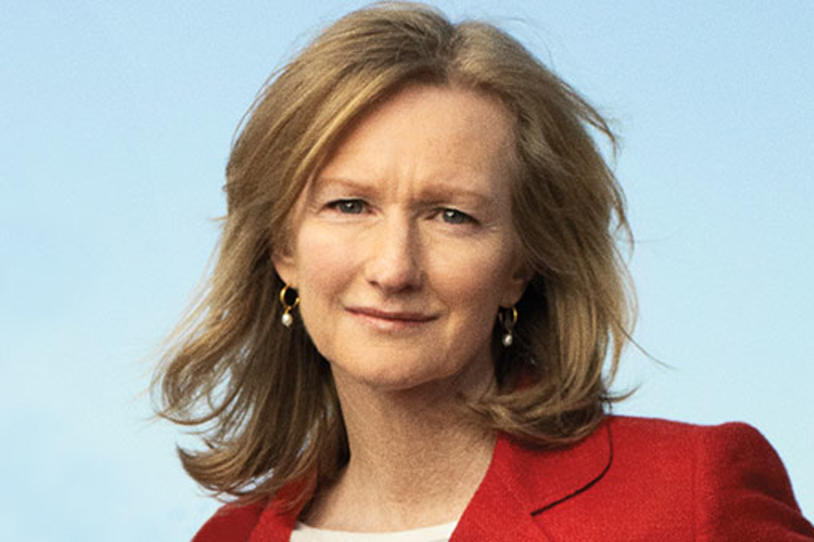
For years I’ve been hesitant to assign what I thought was a high amount—$1.5 billion—to the cost of developing a new drug. Turns out I had nothing to be concerned about.
Recent analysis from Matt Herper, author of a popular Forbes.com blog, found small pharmaceutical companies spend $950 million per approved medication and larger companies—that can swallow the costs of failures—average close to $6 billion spent for every drug they bring to market.
After analyzing 100 companies’ approved drugs over 15 years and their research and development spending 10 years prior to that approval, Matt writes that something must be done about this high cost of drug development.
Why are we so concerned with how much it costs to make a drug? Pharmaceutical companies’ costs impact, and can limit, what drugs they develop and how many projects they manage. The cost gets passed to consumers, too, as medication prices for patients are justified by the drug company’s investment.
Support from foundations such as ours is one way to lower costs for pharmaceutical companies. “Philanthropies like The Michael J. Fox Foundation and the Multiple Myeloma Research Foundation now commonly use the strategy of bearing early research costs to get pharma interested,” Matt writes.
In line with our mission to accelerate Parkinson’s disease research, we aim to de-risk the field, funding early stage laboratory research to make those projects attractive to industry groups that play a significant part in commercializing therapies.
Matt makes the point that pharmaceutical companies hold on to projects when the odds of success are bleak. Our early stage research model allows investigators to realign when findings are not what they hoped, saving time and money in refocusing toward better therapeutics and a cure.
We’re glad that Matt’s analysis is bringing to light a serious problem in the effort to create more drugs and make them accessible to those who need them most, and we’re proud that MJFF plays a role in overcoming this cost challenge. Luckily we’re not alone: The U.S. Food and Drug Administration is working to speed more drugs through the approval process, and new technologies like DNA sequencing and stem cells may allow us to identify targets and test drugs faster.
There is much work to be done, but I’m optimistic that one day that $1.5 billion price tag will again be taboo.
Want to learn more about the MJFF model of research support? Watch me discuss how we get to a Parkinson’s cure.
